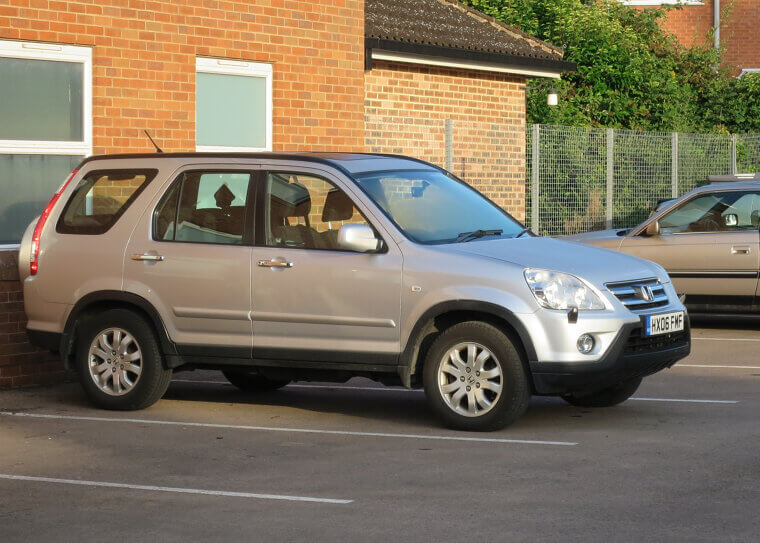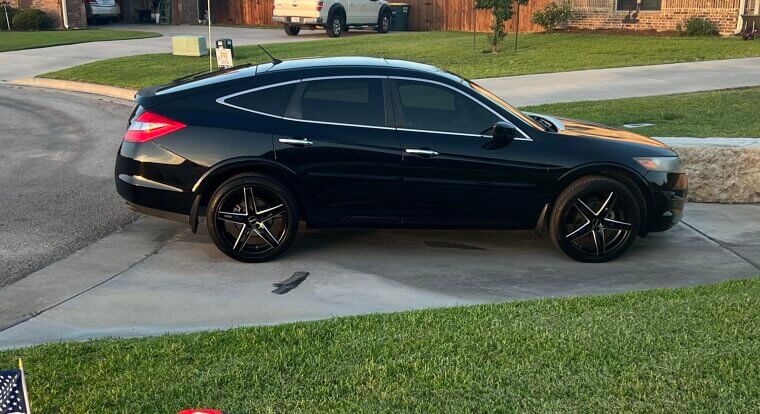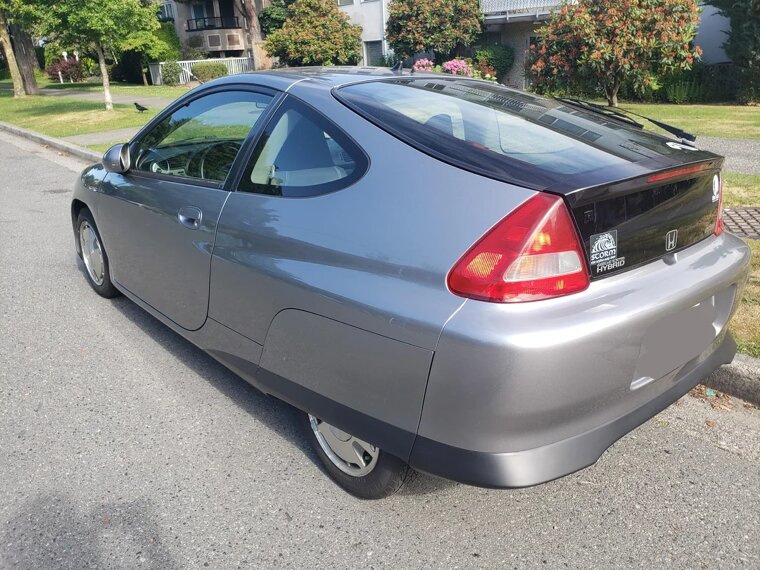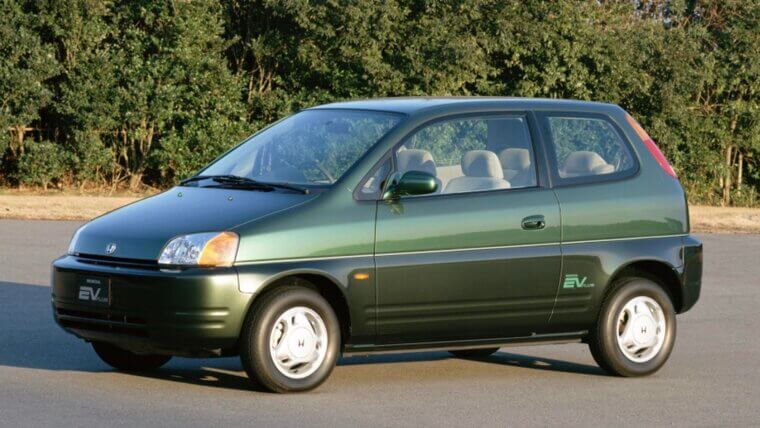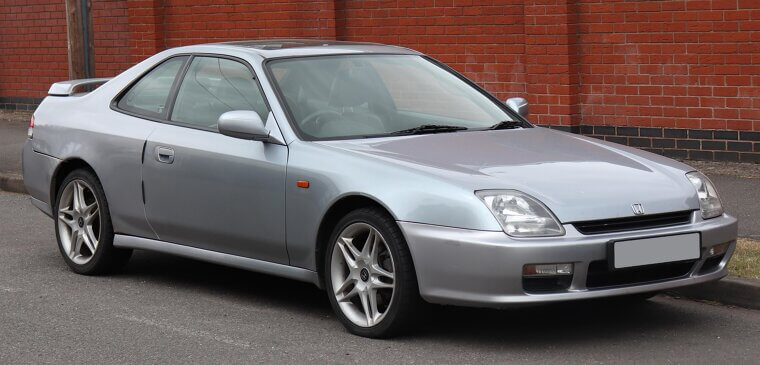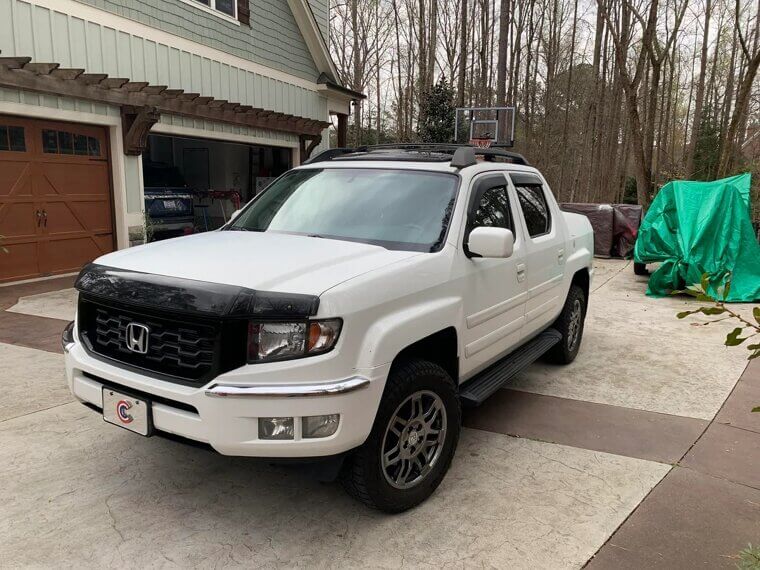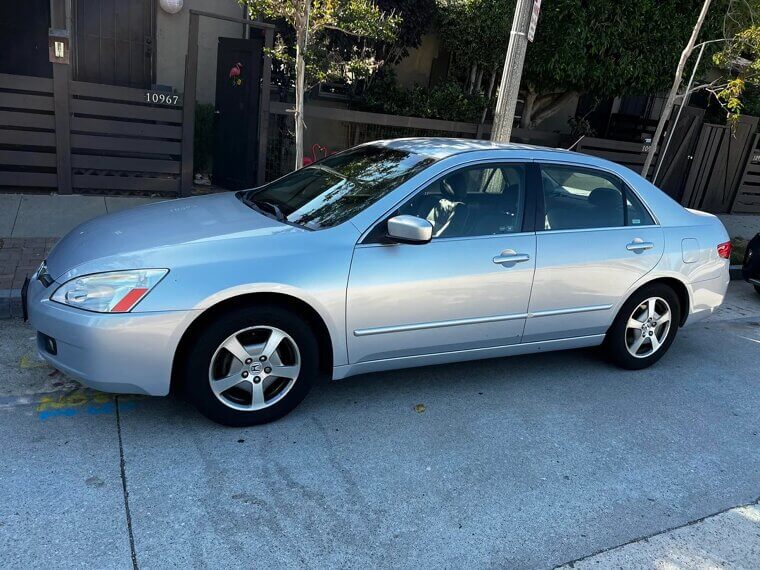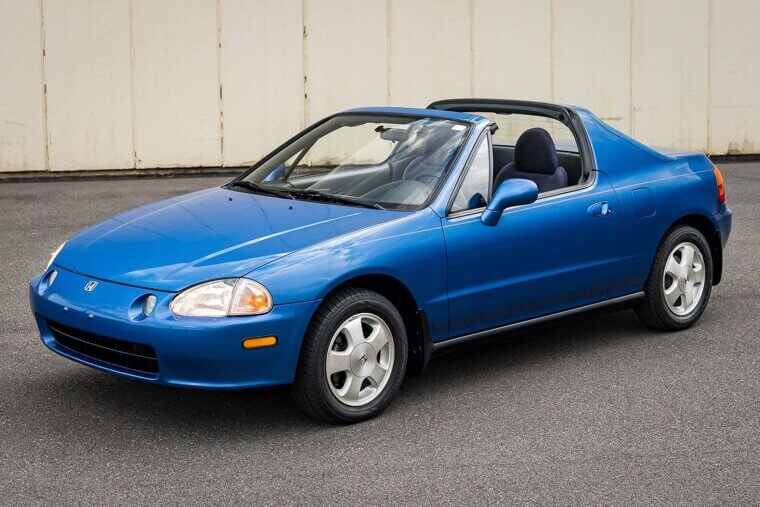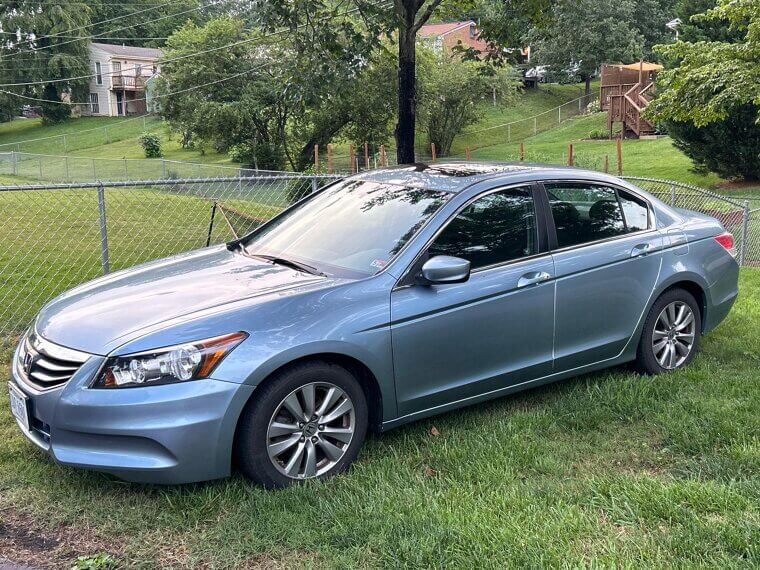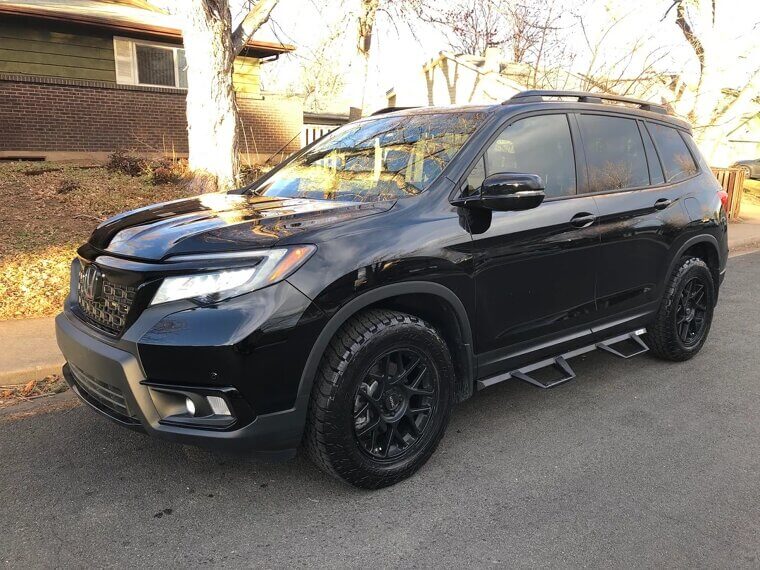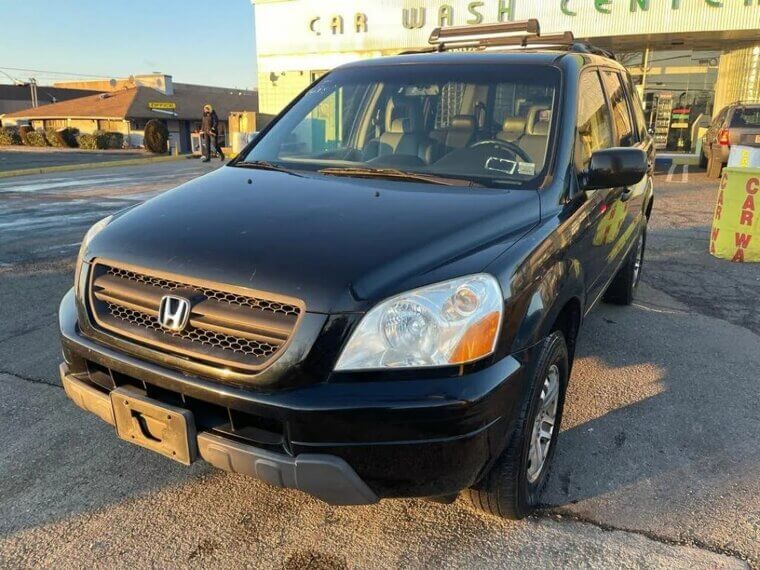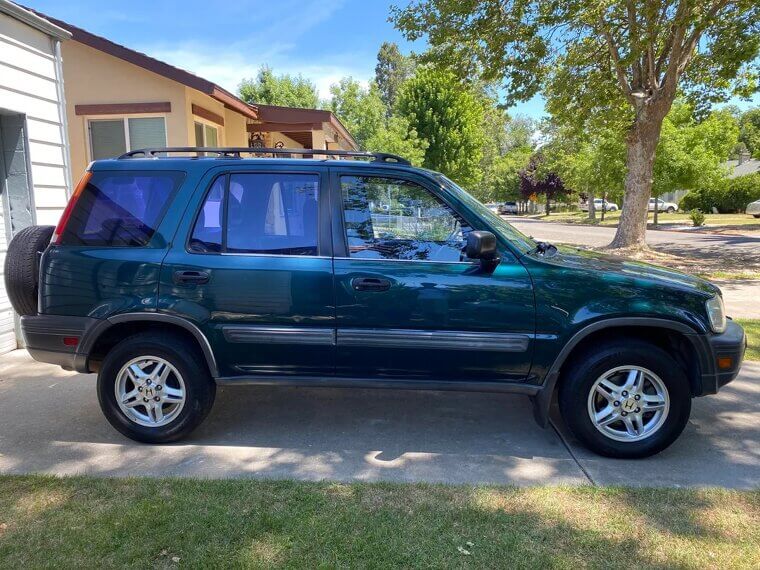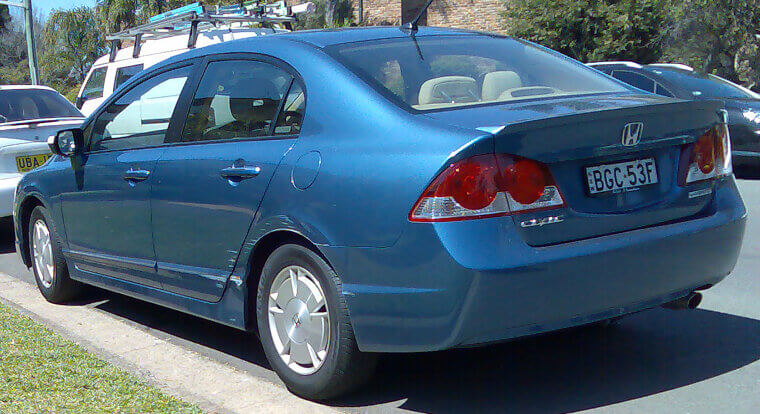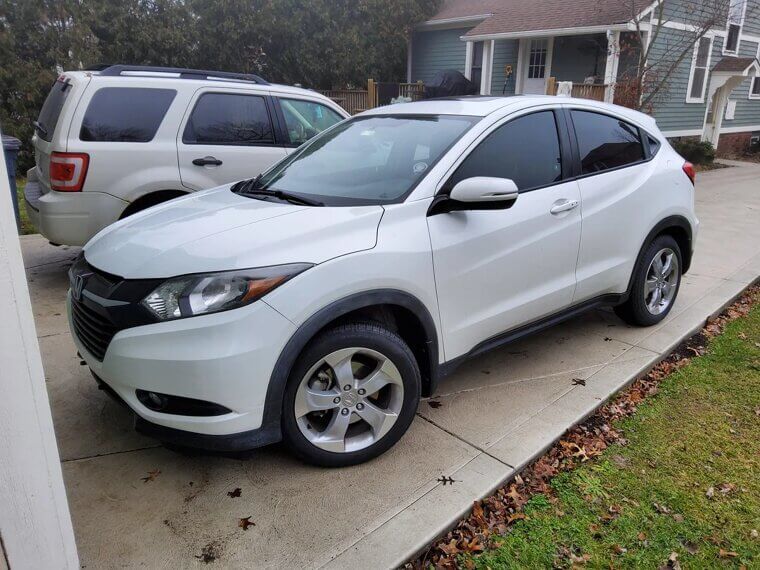Honda Is Known for Being Reliable, but These Models Were Big Disappointments
Honda has a reputation for reliability, smart engineering, and building vehicles that outlast your favorite pair of jeans. However, even the best brands occasionally miss the mark. Over the years, Honda has released a few models that left fans scratching their heads and wondering what they were thinking. Here are 20 of those disappointing models.
Honda Crosstour
The Crosstour resembled a Honda Accord that had been stretched, squished, and then given a hatchback for no apparent reason. It was too big to be sleek, too small to be useful, and way too expensive. Buyers didn’t know what to make of it, and neither did Honda.
Honda CR-Z
Marketed as a “sporty hybrid,” the CR-Z promised fun and fuel savings. Instead, it was underpowered, awkwardly styled, and not sporty or efficient enough to impress anyone. Drivers thought they were getting a modern-day CRX, but got a Prius with a body kit.
Honda Passport (1990s)
The original Passport was not really a Honda; it was an Isuzu Rodeo in disguise. Slapped with a Honda badge, it tried to cash in on the SUV craze but was neither refined nor reliable enough. Fans quickly saw through the badge engineering.
Honda Clarity
Honda marketed the Clarity as the future of green driving. The trouble was that nobody had a hydrogen station anywhere close, and the car looked like a melted Accord. It flopped pretty badly, proving even Honda can miss with “futuristic” ideas.
Honda Insight (1st Gen)
Honda beat Toyota to the hybrid game with the Insight, but it looked like a UFO on skinny tires. While it sipped fuel, it also seemed more like a science project than a daily driver. Buyers wanted something practical, but Honda gave them something that looked allergic to style.
Honda EV Plus
Back in the ‘90s, Honda dipped a toe into electric cars with the EV Plus. The range was laughable, charging infrastructure didn’t exist, and Honda only leased them to a handful of people. It was more of a science experiment than a car, and most got scrapped after the leases ended.
Honda Prelude (Final Gen)
The Prelude started strong, but by its last generation in the early 2000s, it was bloated, overpriced, and outclassed by sportier competitors. Honda killed it off quietly, and fans mourned what could’ve been.
Honda Ridgeline (1st Gen)
Honda’s first try at a pickup wasn’t bad. It just wasn’t what truck buyers wanted. Its unibody design made it comfy, but real truck fans laughed at its towing capacity. It was practical but unconvincing, like wearing hiking boots to the mall.
Honda Odyssey (Early CVT Models)
Minivans are supposed to be reliable family haulers. Early 2000s Odysseys with Honda’s experimental transmissions? Not so much. CVT issues left parents stranded, repair bills skyrocketed, and Honda’s reputation took a hit. When your “family car” can’t handle soccer practice, you’ve got problems.
Honda Accord Hybrid (Early Models)
Honda tried to add hybrid tech to the Accord, but it felt like an afterthought. Fuel savings were minimal, performance lagged, and it cost way more than the regular Accord. Buyers realized they were paying extra for a badge and a battery that didn’t deliver.
Honda Element
The Element was quirky, boxy, and had hose-down floors, which sounded appealing until you realized it also looked like a Lego on wheels. It was practical but painfully awkward, and the funky styling limited its audience.
Honda Civic Del Sol
The Del Sol was meant to be the fun cousin of the Civic with a removable roof. It ended up being heavier, slower, and less practical. The Targa top leaked, trunk space disappeared, and performance was lukewarm.
Honda Accord 2012
Honda’s 2012 Accord was so poor that many people called it a failure. Cheap interior plastics, dull styling, and a boring driving experience made it feel like a rental car, not a flagship sedan.
Honda Passport (2019+)
Honda resurrected the Passport name for a modern SUV, but it landed with a thud. It was fine, but that was the problem. It was too bland to compete with sportier competitors and too costly to feel practical.
Honda S2000 (Late Models)
The S2000 started with a lot of promise; however, later models got more expensive with little to show for it. The insurance cost was outrageous, and the peppy engine made it a chore in traffic. It was brilliant on a track, but underwhelming as a daily driver.
Honda Pilot (Early Models)
The Pilot became a decent family SUV, but those early ones were not so good. The sluggish engines, generic styling, and questionable build quality made it seem like Honda didn't try hard enough.
Honda Z600
Honda’s tiny ‘70s hatch was cute in theory. In reality, it was underpowered, slow, and felt like it would fold in half if a truck sneezed near it. Its cute styling couldn’t hide the fact that it wasn’t a daily driver.
Honda CR-V (Early Models)
The CR-V is a hit now, but those first models had underpowered engines, bland design, and clunky transmissions. All these made them forgettable. Thankfully, Honda fixed it.
Honda Civic Hybrid (2nd Gen)
While the Toyota Prius ruled the hybrid space, Honda's Civic Hybrid found it more challenging. The battery packs failed early, replacement prices were brutal, and fuel economy was not much better than that of regular Civics. It was not quite what Honda promised.
Honda HR-V
When Honda introduced the HR-V into the U.S. market, expectations were high. Instead, it arrived with a weak engine, a noisy cabin, and a ride that didn't feel anything like a stylish crossover. It ended up being the vehicle you settled for, rather than the one you loved.

